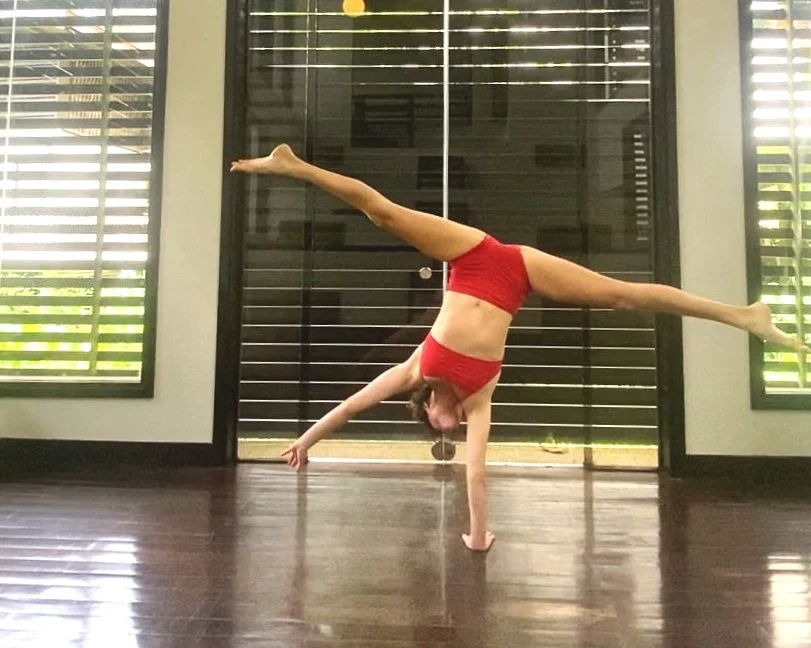Handstands and Inversions: A Historical Perspective and Modern Insights in Yoga
Handstand by Ubuntu Yoga teacher
Welcome to a comprehensive exploration of the world of handstands and inversions in yoga. This article focuses on the benefits of incorporating handstands and inversions into your practice, supported by recent studies that shed light on their advantages. To fully appreciate these poses, it's essential to understand their history in the context of yoga.
The History of Handstands in Yoga
Handstands, or Adho Mukha Vrksasana in Sanskrit, have a rich history deeply rooted in the ancient practice of yoga. The practice of handstands can be traced back to several yoga texts, including the "Hatha Yoga Pradipika" and the "Yoga Sutras of Patanjali," which are among the foundational texts of yoga philosophy.
In classical yoga, handstands were not only viewed as physical postures but also as powerful tools for spiritual development. Yogis believed that by inverting the body and standing on their hands, they could redirect the flow of energy and consciousness, bringing about profound changes in their spiritual awareness.
The physical and mental discipline required for handstands aligned with the broader goals of yoga, which sought to harmonize the mind, body, and spirit. Yogis practiced handstands to cultivate inner strength, balance, and mindfulness, all of which were seen as essential for attaining higher states of consciousness and self-realization.
The Benefits of Handstands and Inversions
Handstands and inversions offer a multitude of physical and mental benefits that can significantly enhance your yoga practice and overall well-being.
From a physical perspective, practicing handstands and inversions strengthens the upper body, including the shoulders, arms, and core muscles. These poses also improve balance, coordination, and proprioception, which is the awareness of your body's position in space. Regular practice can lead to increased bone density, particularly in the wrists, forearms, and shoulders, helping to prevent conditions like osteoporosis.
Furthermore, inversions, such as headstands and shoulder stands, promote better blood circulation and lymphatic drainage. When you invert, gravity aids in the movement of blood and lymph fluids, which can be particularly beneficial for individuals dealing with circulation issues or swelling in the legs.
On the mental front, handstands and inversions can boost your mood and reduce stress. These poses require focus, concentration, and overcoming the fear of going upside down, which can be empowering and improve mental resilience. They also stimulate the parasympathetic nervous system, promoting relaxation and reducing the fight-or-flight response associated with stress.
Recent Studies on Handstands and Inversions
Recent scientific studies have further illuminated the advantages of including handstands and inversions in your yoga practice.
One study published in the "Journal of Bodywork and Movement Therapies" in 2020 found that practicing handstands and headstands led to a significant improvement in participants' balance and proprioception. The study concluded that regular inversion practice can enhance overall body awareness and balance control.
Another study in the "International Journal of Yoga Therapy" in 2021 explored the effects of handstands on bone health. The researchers observed that participants who regularly practiced handstands showed an increase in bone density in the wrists, forearms, and shoulders over the course of a year. This suggests that handstands can be a valuable addition to a bone-healthy exercise routine, especially for individuals at risk of osteoporosis.
In summary, the practice of handstands and inversions in yoga has a rich history dating back to ancient yogic texts. These poses offer a wide range of physical and mental benefits, supported by recent scientific research. Incorporating these poses into your practice can help you build strength, improve balance, enhance circulation, reduce stress, and promote bone health. Whether you're a seasoned yogi or a beginner, exploring handstands and inversions can be a valuable addition to your yoga journey, connecting you with a tradition that spans centuries.

